There’s probably nothing in our wardrobes that sees harder use than our shoes. Sure, our shirts and pants see the occasional spill. However, at the end of the day, it’s our shoes that take the brunt from all the walking—and running, jumping, dancing, and everything else active in our lives.
How long do our shoes actually last? Most of us are probably guilty of holding on to a pair of shoes long past their expiration date. Maybe they are our favorite sneakers or dress shoes, so we want them to last as long as possible.
Great style is timeless. Sometimes, though, it’s time to say goodbye to the old shoes and hello to the new ones. Kizik is here to cover all concerns regarding how long shoes last.
What impacts a shoe’s lifespan?
Before we understand how long shoes last, it's important to understand the factors that impact a shoe’s longevity. These are:
- The purpose of the shoe
- The quality of the shoe
- What the shoe is used for
- How often the shoe is used
Determining the purpose of the shoe is simple. Ballet slippers and other dance shoes are built for flexibility but have little in the way of cushioning and structure. They also pretty much always see intense use, with all sorts of high-intensity movement.
Active shoes, on the other hand, are built for repeated endurance sports.
Compare that to dress shoes. No one sprints in heels—and if they are, then they shouldn’t be. The same goes for men’s oxfords.
Oxfords give us the perfect chance to talk about quality. In the case of men’s leather shoes, a good pair can easily last for several years if they are properly maintained. Low-quality leather, on the other hand, means a piece of footwear with a shorter lifespan.
Active shoes are a bit of a special case. Because of how comfortable they are, plenty of people use them daily. If you’re actively running or using them as intense exercise shoes, they aren’t going to last as long. However, even if you’re almost exclusively using one or two shoes for daily use, a good quality pair of shoes should still last a while.
If you’re looking at Kizik, then you should know we love active shoes. We love them for their versatility in everyday life and the style they can provide. For that reason, we’re going to primarily focus on how long active shoes last, although we’re still going to explore footwear in general.
How long should shoes last?
For active shoes, the magic number is 500 miles. These shoes rely on a variety of components to work properly, which will start to degrade after you wear them out.
The outsole has to provide grip so you aren’t constantly slipping in your shoes. The midsole helps with absorbing shocks from movement to protect your joints. The insole helps keep everything comfortable when you move about.
Once you start to reach around 300 miles in your shoes, things may start to go downhill. The outsole may wear down, the midsole may become a little less flexible, and the insole might be a little less comfortable. At 500 miles, many shoes are approaching the end of their natural lifespan.
The average American walks around two miles a day. If you follow this practice exactly and wear one pair of shoes exclusively, then you’ll hit that limit in eight months. If you use your shoes for running or other athletics, you may hit that limit sooner. Many experts recommend changing out shoes every four to six months if you’re living an active lifestyle.
Heels and leather shoes are different because cobblers can work on them. It’s possible to re-sole boots, change out the heels in pumps, and more. This can give them additional longevity that can’t be added to active shoes.
The above number, of course, assumes that you wear the same exact pair every day. Many of us switch our shoes out, depending on the circumstance.
The hands-free, slip-on nature of Kiziks makes them comparably easy to put on for daily use. With plenty of adult styles and a new kids collection, wearing these every day may be tempting!
In theory, your active shoes should last around a year. That said, there are additional factors at play that can help make your shoes last even longer.
How to extend the lifespan of your shoes
There are plenty of different ways to extend the lifespan of your shoes. These won’t just keep them in better shape for longer—many of these will also help keep the shoes looking better, too!
Waterproof your shoes
The first thing you can do is waterproof your shoes. There are plenty of online water protectants you can get. This is a must for suede, a great idea for leather, and a good idea for all other shoes. It can be especially helpful in rainy and snowy months—and winter’s just around the corner.
Clean off salt and water
Speaking of winter, one of the biggest hazards to footwear during this season isn’t snow, but salt. If the streets have just been freshly salted, you may want to wear an older pair of shoes. Active shoes are mostly fine with salt, but the pores in leather shoes absorb easily and expose them to stains.
The best way to keep shoes clean and protected during winter is to keep a towel on hand. You can brush salt and water away in seconds and leave the towel in your garage all season.
Stuff your shoes when you’re not wearing them
Footwear usually comes with paper stuffing when you buy it. Similarly, stuffing your shoes with newspaper can help protect them. Newspaper absorbs odor and any water, preventing dry rot. It also helps shoes maintain their shape.
Store your shoes properly
Our next tip extends the lifespan of the style of your shoes, though not the shoes themselves. It can be tempting to keep your shoes right at the doorway for easy access. However, the best place for your shoes is somewhere dry and dark.
This stops any mold or other issues and also hides your shoes from direct sunlight. This can cause your shoes to discolor prematurely.
What to avoid doing to keep your shoes pristine
It’s easy to highlight the positives of taking care of your shoes. Now, we’re going to entertain the negatives by talking about what not to do.
The first big no: You should absolutely avoid washing your shoes by machine. The combination of intense moisture and heat is bad for all kinds of shoes.
There is a small exception: Kizik’s shoes for adults are made with removable insoles, which are washable.
You should also make sure you don’t skimp out on cleaning your shoes. For this process, you’ll want a toothbrush, some soap mixed with water, and a soft cloth.
The first step in cleaning: Use your brush to remove as much dirt as you can. Err on the side of gentle, though. When you’ve got the big pieces out, apply the solution to a different brush, or your first brush, after it's been lightly washed, to keep from spreading the dirt around.
Use this brush to clean the outsole, the midsole, and the upper of your shoe. In the case of the upper, be especially delicate, and pat it with a dry cloth to absorb some of the moisture. From there, let your shoe dry completely before wearing it again.
You’ll also always want to avoid any long-term moisture in your shoes. If they get soaked, dry them and put newspaper inside.
Thankfully, active shoes generally don’t have the dry rot issues other types of shoes can. However, water that permeates can still damage the shoe’s integrity and encourage bacterial growth. That growth can encourage the particularly stinky odors that we’re always looking to avoid.
Signs it’s time for a new pair
After diligently following all the care tips for extending the lifespan of your shoes, there still comes a moment when you have to admit it's time for a new pair. This isn't about giving up on your beloved everyday shoes or your hard-working athletic shoes but recognizing when they've given their all.
Here's how to spot that moment before discomfort or soreness sets in:
Outsole wear
When the grip on your soles starts resembling a bald tire, you're skating on thin ice—metaphorically speaking. The loss of tread pattern compromises your safety by increasing the risk of slips, especially in running shoes. It’s a loud call for new shoes.
This wear and tear reduces the shoe's ability to provide adequate shock absorption, which is crucial to prevent soreness and protect your joints during high-impact activities.
Midsole compression
Like a well-loved couch that's lost its bounce, creases in the midsole signal it's time to upgrade. This part of the shoe is vital for cushioning and support, particularly in walking shoes and athletic shoes.
If the bounce-back feels more like a sigh than a spring, your shoes are telling you they're tired. This excessive wear and lack of support can lead to foot pain, including conditions like plantar fasciitis.
Fit and comfort
Shoes stretching out and not fitting as they used to isn't just an aesthetic issue—it’s a sign of structural breakdown. Tying laces tighter or noticing that the shoe size feels bigger suggests the shoe is no longer providing the snug fit essential for proper support. Everyday shoes and work shoes alike should securely accommodate your foot size without compromise.
Upper material degradation
Visible creases on the upper part of your shoes aren't just for looks; they indicate the shoe's structure is weakening. This diminished support makes every step less secure.
This can be a particularly sad farewell for those who've loved how their shoes look. However, prioritizing foot health over style is essential to prevent blisters and other discomforts down the road.
Lace and eyelet damage
While laces might seem like a minor component, frayed laces and damaged eyelets suggest more than just normal wear and tear—they hint at the overall aging and weakening of the shoe's structure. Consistently putting on and taking off your shoes, especially without untying (we're all guilty of it), stresses these areas.
When these essential parts start to give way, it's a sign that the rest of the shoe may not be far behind. This damage affects the shoe's ability to provide a secure fit, which is important for both comfort and performance during workouts, walks, or daily wear.
Physical discomfort
Listen to your body. If you notice increased soreness, discomfort in areas that were previously fine, or new blisters after wearing your shoes, it's your body's way of waving a red flag. Even the best shoes have a shelf life, and pushing past it can result in potentially long-term damage to your feet.
Choosing shoes that last longer
Now you know everything you’ll ever need about how long your shoes last, including when it’s time to gracefully retire them. Plus, you’ve got all the info you need about how to make them last even longer.
At Kizik, we think that fun and fashionable footwear should belong to everyone. We also know that the world is moving towards convenience—for the better.
Work is changing to meet everyone’s needs, so why shouldn’t fashion? We make slip-on shoes extremely easy. Unlike other “slip-on” shoes, though, these are flexible enough that you don’t even need to use your hands.
Once they’re on, you’ll have the benefit of a breathable, four-way stretch fabric to keep your feet perfectly comfy. You’ll be able to enjoy better stability and comfort thanks to built-in rubber traction pods and Rabbit Foam™ outsoles.
Oh, and you’ll also have one of the most comfortable and accessible shoes ever made, for all ages. Simple, right?
Sources:
10,000 steps a day: Too low? Too high? I Mayo Clinic
How to Prevent Salt from Damaging your Pets, Boots and Automobiles | CBC News



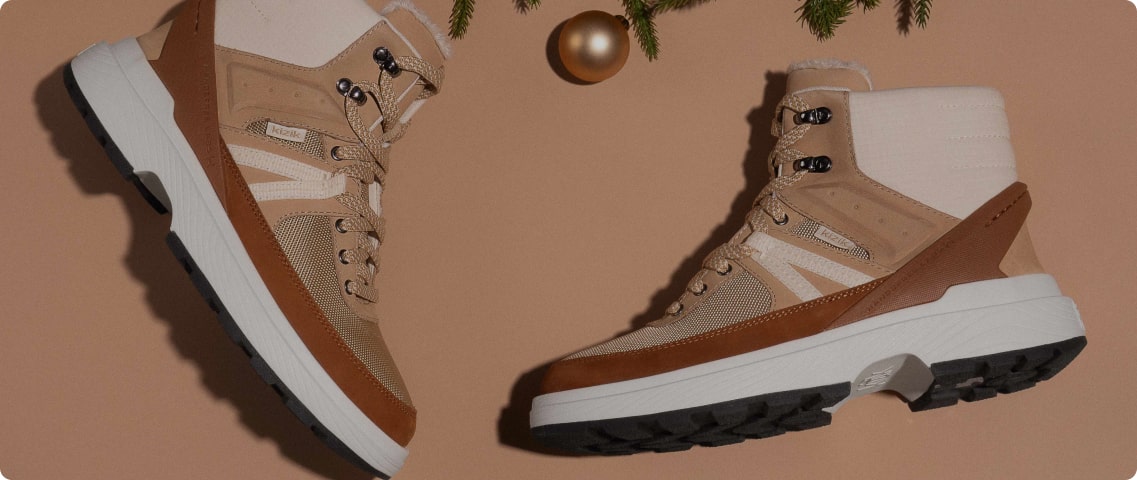
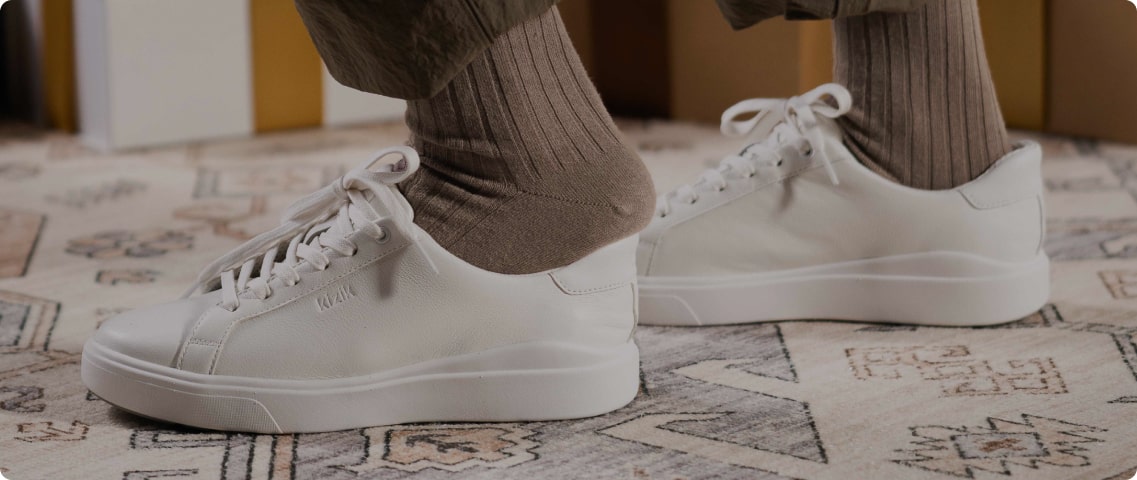
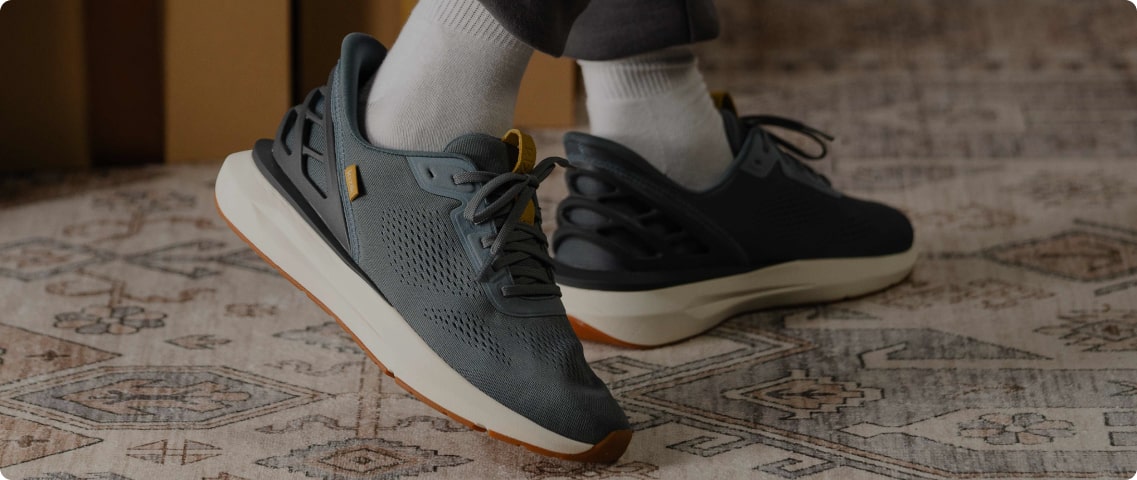


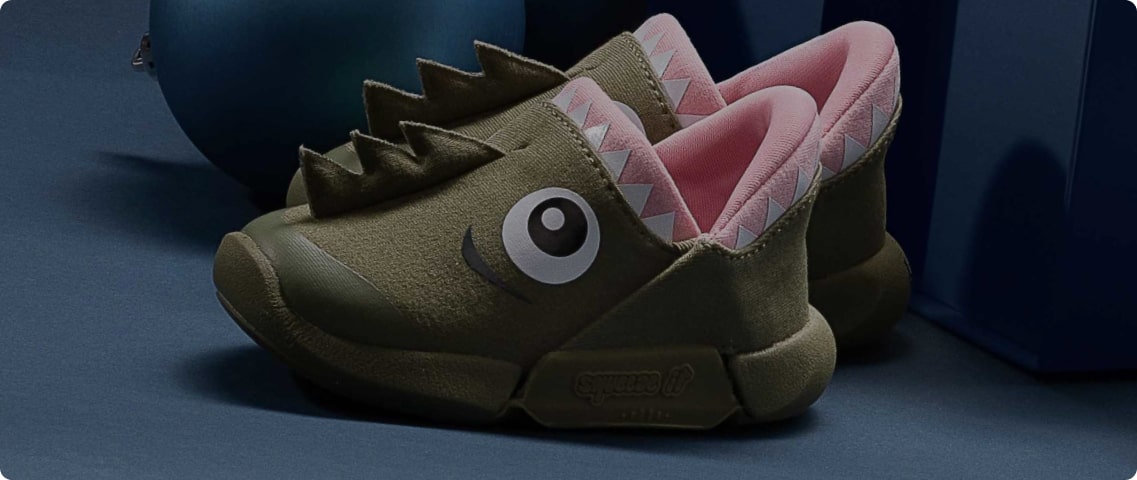
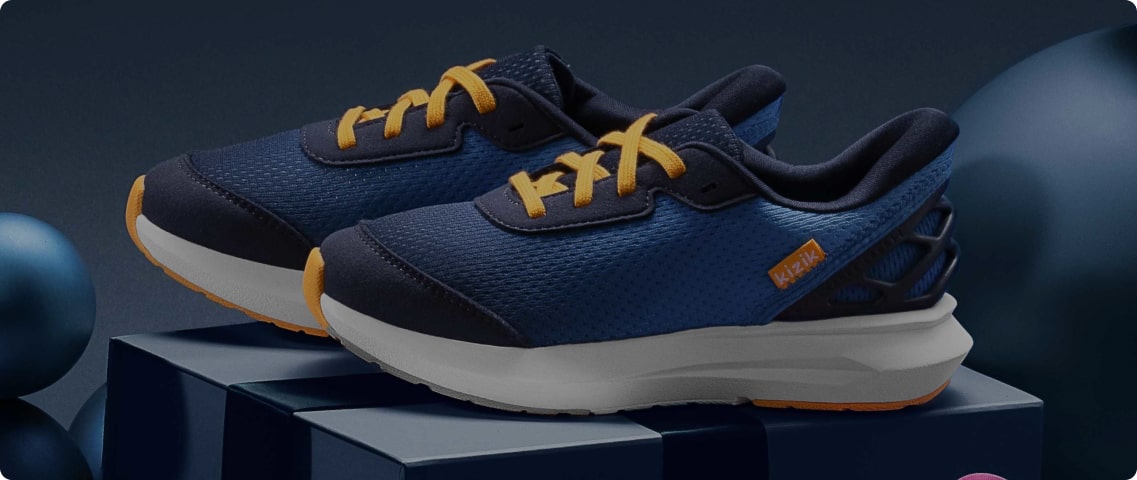
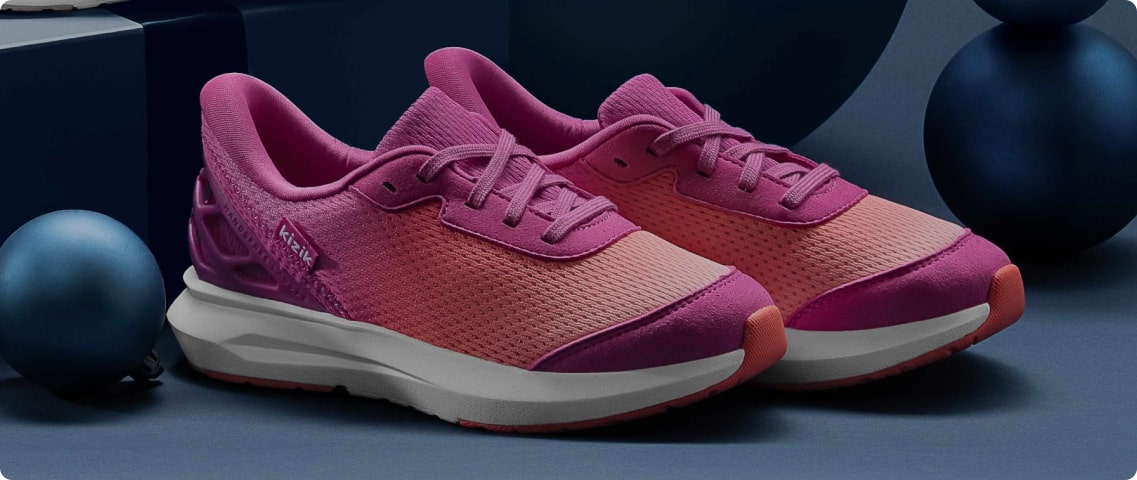

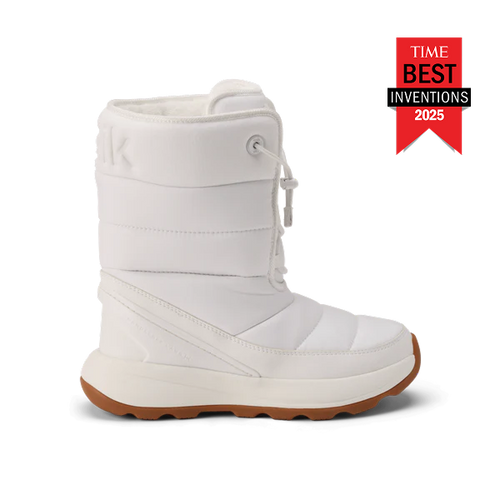


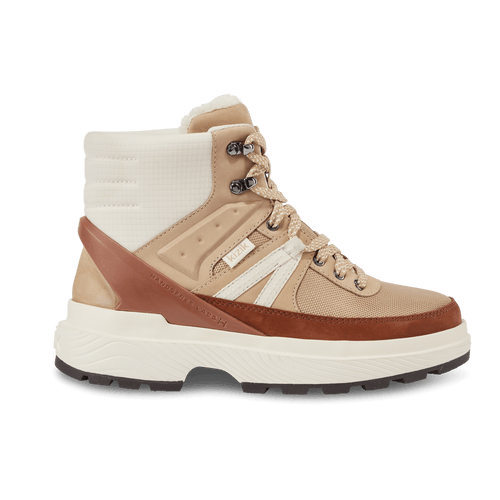
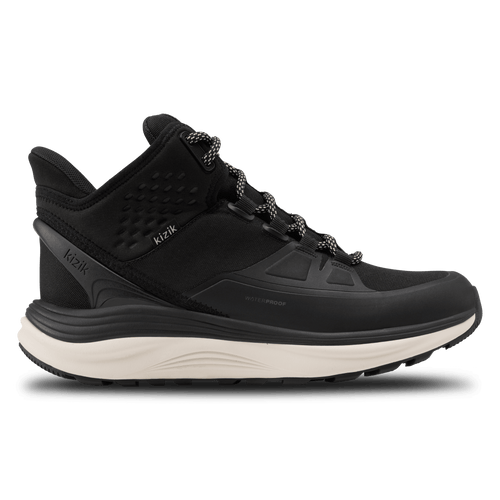








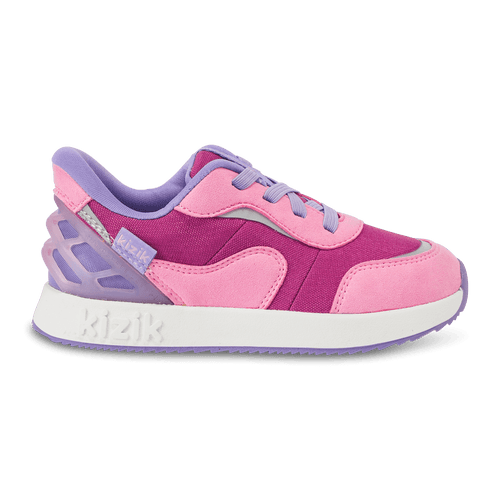

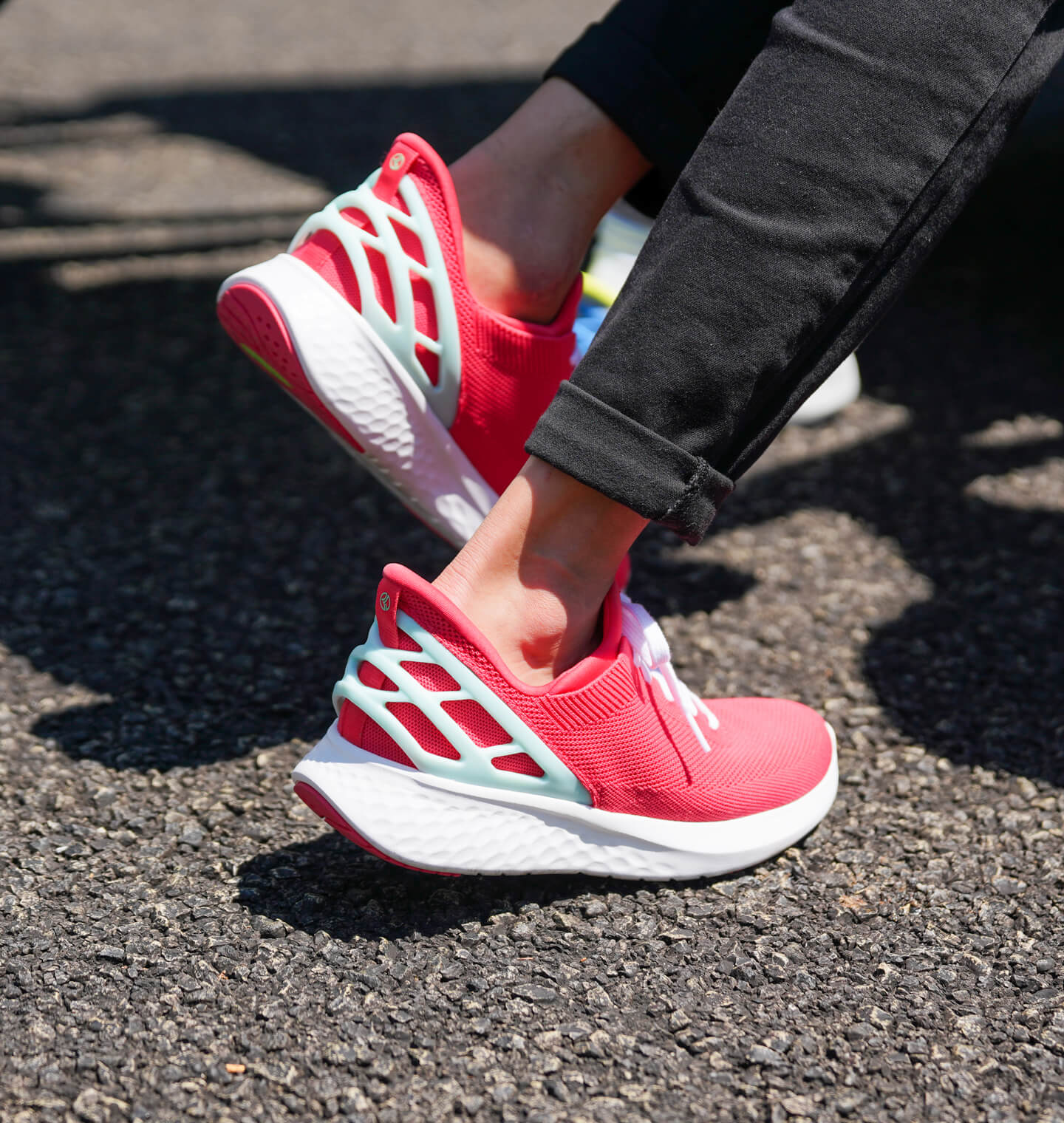

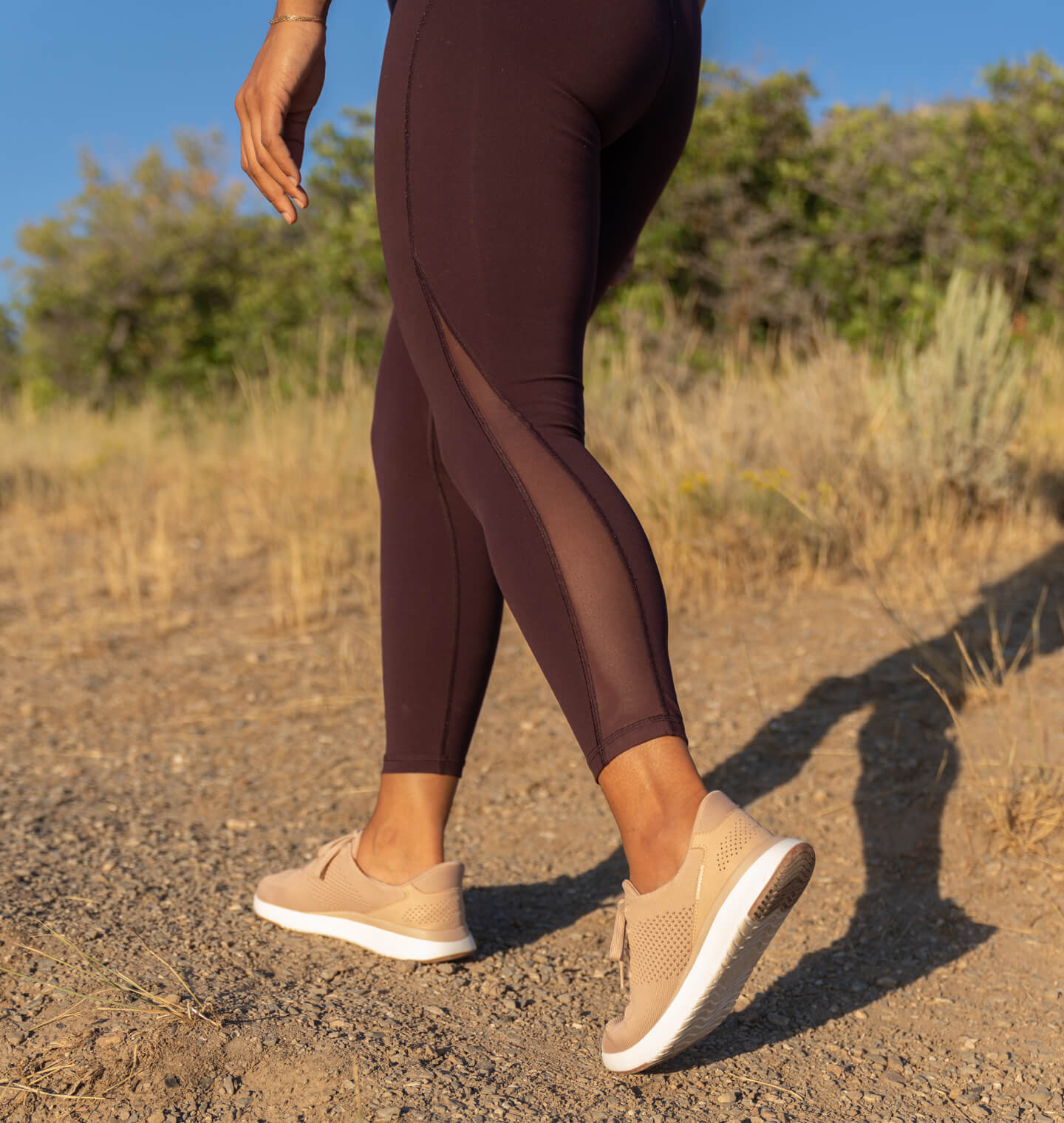
Leave a comment
This site is protected by hCaptcha and the hCaptcha Privacy Policy and Terms of Service apply.